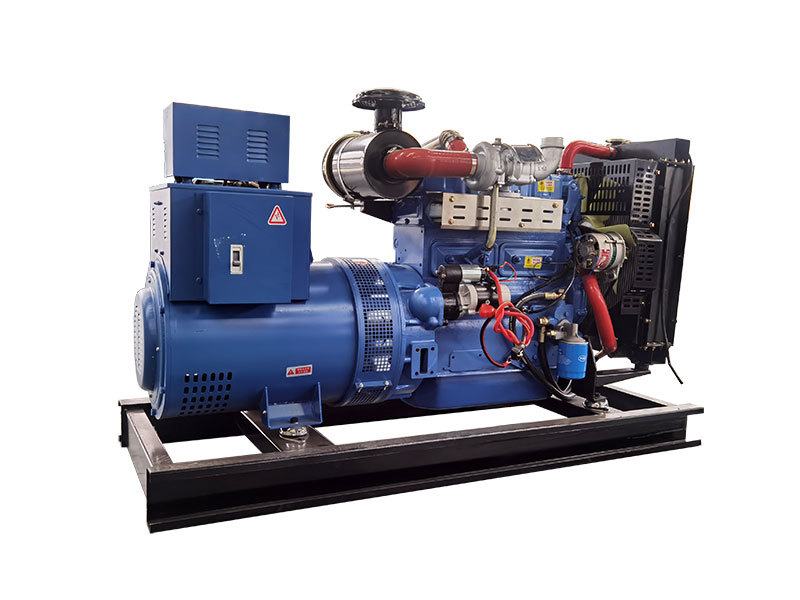Generator sets, often simply called generators, are indispensable power sources providing electricity in various situations, from emergency outages to powering remote locations. But how do these machines actually manage to convert fuel, be it diesel, gasoline, propane, or natural gas, into the electricity that powers our lives? The process is a fascinating interplay of mechanical and electrical engineering.
The journey begins with the internal combustion engine at the heart of the generator set. This engine, much like the one in your car, relies on the controlled burning of fuel. The fuel, mixed with air, is ignited within the engine's cylinders. This combustion generates a powerful force, pushing pistons within the cylinders. The reciprocating motion of these pistons is the crucial link between chemical energy and mechanical energy.
This mechanical energy, in the form of the piston's movement, is transferred to a rotating shaft connected to the engine's crankshaft. This rotating shaft is the key component that bridges the mechanical and electrical realms. Attached to this shaft is the alternator, the component responsible for the actual generation of electricity.
The alternator operates on the principle of electromagnetic induction, a fundamental law of physics discovered by Michael Faraday. Within the alternator, a rotating magnetic field is created by the spinning shaft. This rotating magnetic field interacts with stationary coils of wire, inducing an alternating current (AC) within these coils. This is the electricity produced by the generator.
The voltage regulator, a crucial component of the generator set, then steps in to ensure a stable and usable output. The raw AC electricity produced by the alternator can fluctuate depending on the engine speed and load. The voltage regulator smooths out these fluctuations, ensuring a consistent voltage output suitable for powering electrical devices.
The type of fuel used significantly impacts the generator's operation and its suitability for various applications. Diesel generators are known for their durability and fuel efficiency, often preferred for heavy-duty and long-term use. Gasoline generators are typically more portable and less expensive, making them popular for smaller applications and backup power. Propane and natural gas generators offer cleaner-burning alternatives, suitable for environmentally sensitive areas or indoor use.
Imagine a construction site without access to the power grid. Here, a diesel generator might power essential tools like drills, saws, and welders, enabling the project to continue uninterrupted. Or consider a food truck, relying on a propane generator to operate refrigerators, cooking equipment, and lighting, bringing culinary delights to various locations. These are just a few examples highlighting the vital role generators play in diverse settings.
Ever wondered about the difference between a standby generator and a portable generator? Standby generators are permanently installed, often connected to a home's electrical system, automatically kicking in during a power outage. Portable generators, on the other hand, offer flexibility, easily moved and used where needed, providing power for camping trips, outdoor events, or emergency situations.
The efficiency of a generator set, the ratio of fuel energy input to electrical energy output, is an important consideration. Factors influencing efficiency include engine design, alternator performance, and the overall system’s maintenance. Regular maintenance, including oil changes, filter replacements, and system checks, is crucial for optimal performance and extending the lifespan of the generator.
Choosing the right generator involves considering several factors. Power output requirements, fuel type, runtime, noise levels, and portability are all key aspects to evaluate based on the specific application. Considering these factors ensures selecting a generator that effectively meets the power demands of any given situation.
From the initial spark igniting the fuel-air mixture to the steady flow of electricity powering our devices, the journey of fuel becoming electricity within a generator set is a remarkable example of engineering ingenuity. Understanding this process sheds light on the essential role these machines play in providing reliable power across various applications.
So, next time you flick a switch powered by a generator, take a moment to appreciate the intricate process that transforms fuel into the electricity we rely on so heavily.





